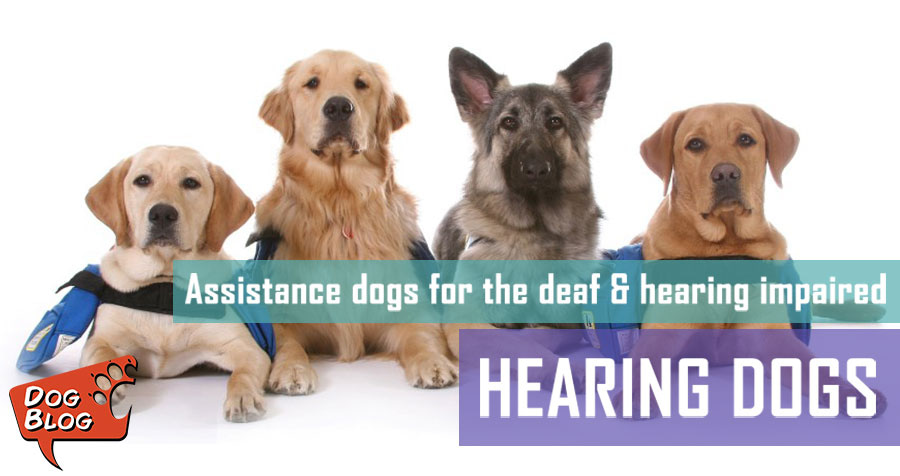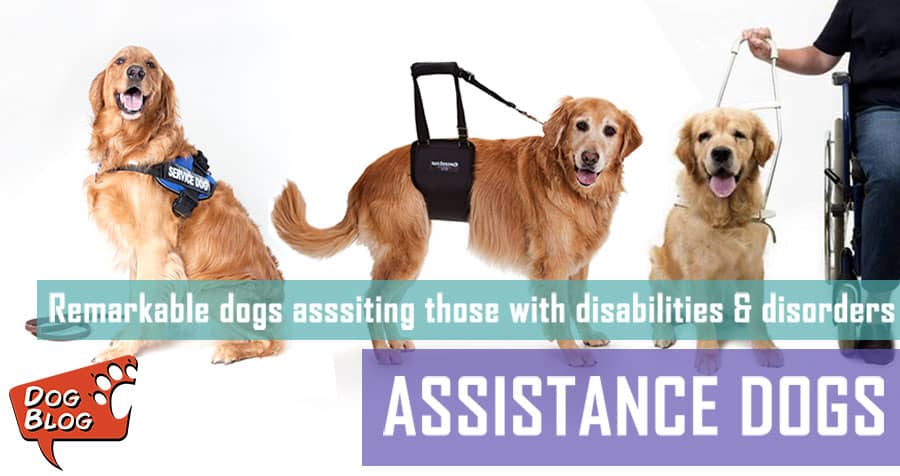Hearing dogs
Deafness is a solitary disability and can make one feel alone and often isolated in life. Hearing dogs provide accessibility to the world and they bring joy and happiness, but most importantly, a hearing dog can offer increased independence, greater confidence, companionship and a feeling of security. Hearing dogs lend an ear, but give a whole new life!
What makes a good hearing dog?
Historically, many hearing dog training programmes got their dogs from shelters and well-known breeders. As a result, most of the dogs in action are mixed breeds of all different sizes, shapes and colours. The great majority of applicants for hearing dogs request a dog that is small to medium in size. In addition to size, personality and temperament are important characteristics for a hearing dog to have. They must be energetic and ready to work the moment a sound occurs. They need to be friendly and people-oriented (well socialised). Due to these requirements, many terrier mixes are favoured along with various combinations of poodles, cocker spaniels, shih-tzus and chihuahuas. Some hearing dogs may be trained professionally in as little as three months, though many others are in training for up to a year.
Training the hearing dog
Essentially, hearing dogs are trained to alert people to household sounds that are necessary for everyday safety and independence. They are trained to make physical contact and lead the person to the source of the sound. By providing sound awareness and companionship, these dogs increase employability and provide greatly increased freedom and independence.
Obedience training takes place during puppy socialisation and is conducted by a volunteer puppy socialiser. This training is then reiterated throughout the young dog’s sound work training. Hearing dogs are taught to respond to a number of different household sounds, including danger signals such as smoke alarms, oven timers, alarm clocks, doorbells/door knockers and name calls (sometimes even a baby’s cry).
Once these dogs are placed with their deaf or hearing impaired partner, they easily learn to respond to additional sounds like the microwave oven, tea kettle and washer/dryer. Hearing dogs can be trained to alert people to any repetitive sound that is practised regularly. If a sound is inconsistent or too difficult, it is hard for the dog to learn to work with it or to respond to it.
How long do they remain hearing dogs?
All hearing dogs retire at 11 years of age. The hearing school/association visits all their working hearing dogs at least once a year and this is one way of keeping track of the dog’s work and health. At these annual assessments, they observe the dog’s work and talk to the recipient. The decision to let a hearing dog retire is discussed with the recipient once a dog is working less than 50% of the time. When a hearing dog retires, there are a number of choices open to the recipient, depending on whether they:
- want another hearing dog as soon as possible
- would prefer to wait a while
- do not want another hearing dog
The training centre then offers a full support service to recipients making these decisions and, if necessary, finds a suitable retirement family for the retired dog. For example, the original puppy socialising family may have expressed an interest in caring for one of ‘their’ retired dogs.
For more information on service dogs in South Africa, visit Guide Dogs Association.







